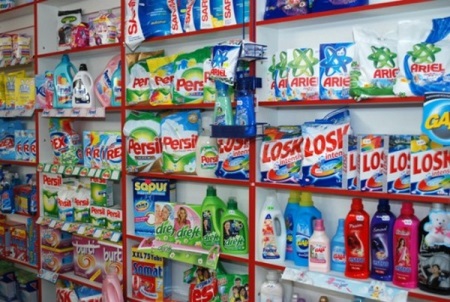Is it possible to wash with a powder for hand washing in a washing machine?
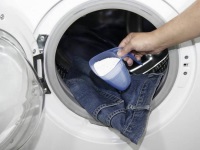
Detergents, which we use daily when washing, conditionally divided into two large groups: designed for use in modern washing equipment (this includes the so-called automatic powders) and designed for cleaning the old-fashioned way - by hand (we will call them "conventional"). The price difference of these detergents is bewildering: is it all the same what to put into the container of the machine? The next novelty is perceived by half of the buyers as the next artful trick of marketers...
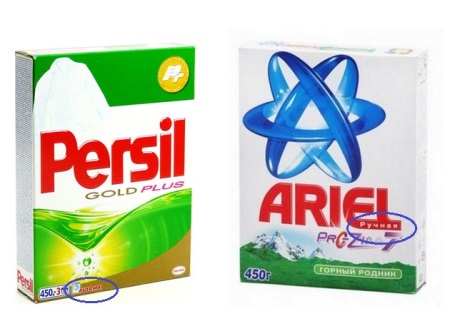
But there is a difference, and it is essential. In this article we will discover the reasons why housewives should pay more attention to the choice of laundry detergent for their machine.
Requirements for washing machine powder
Powder intended for use in washing machines should meet the following requirements:
Less foam.
In products that are designed for automatic washing, a foam stabilizer is added. Otherwise, it will fill the housing, and soap bubbles will fly out of all the crevices of the unit.
An excessive amount of foam can mislead the automatics. Because of it, the machine will incorrectly determine the level of filled water. This will cause serious problems associated with failure of the motor, control module or heating element, which, instead of heating water, will heat the foam.
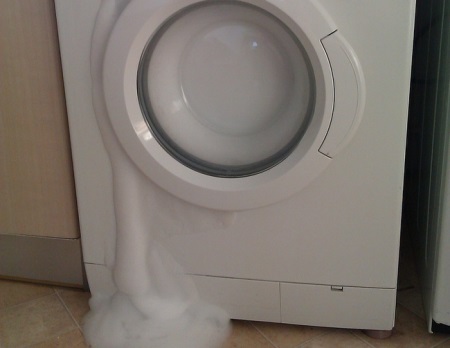
Powder with low-foam is also suitable for hand washing. True, it costs an order of magnitude more than "conventional" means.
The special composition
Surfactants (simply - surfactants) clean the laundry from dirt and dust. They form the basis of any means of laundry. The effect of these substances increases in soft water, so manufacturers regularly use additives to reduce hardness. Included in the composition and special substances that protect the fabric from the re-deposition of dirt in the process of washing, they have a complicated name - "antiresorbents.
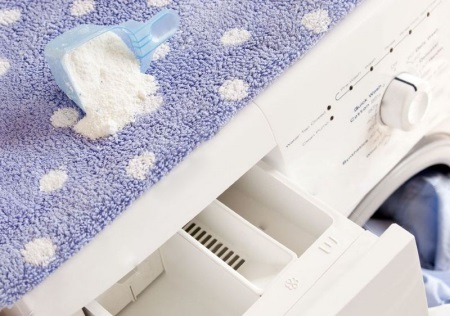
Fight the stains!
Today the mysterious word "enzymes" appears in every other commercial for laundry detergent. It means enzymes capable of removing various kinds of organic dirt. Another of their merits is the ability to get rid of appearance-damaging lint on clothes. In the name of the powder, the presence of these substances is usually hinted at by the prefix "bio.

Enzymes "work" only at forty-degree temperatures. In hotter water, they will inevitably die. If the mistress prefers to clean clothes by boiling, things with stains should be soaked in advance, so that the bio-based additives have time to destroy contamination.
Keep in mind one more nuance: enzymes lose their power when combined with chemical bleach. The use of enzymes is contraindicated when washing natural fabrics such as wool or silk.
Bleach
Modern products bleach fabrics in two ways.
- Chemical bleaching is more often carried out with the help of active oxygen. It is important to remember that it works at temperatures over 60 degrees. There is another type of chemical bleach, designated by the Latin combination TAED. It refers to low temperature and is able to achieve the desired result even in cold water.
- Optical bleaching does not remove stains in the usual sense of the word, but only enhances the reflectivity of the surface. Optical brighteners do not damage the fabric by settling on it. Keep in mind, it is impossible to rinse out such a bleach without residue, so the use of such agents is undesirable when washing children's clothes.
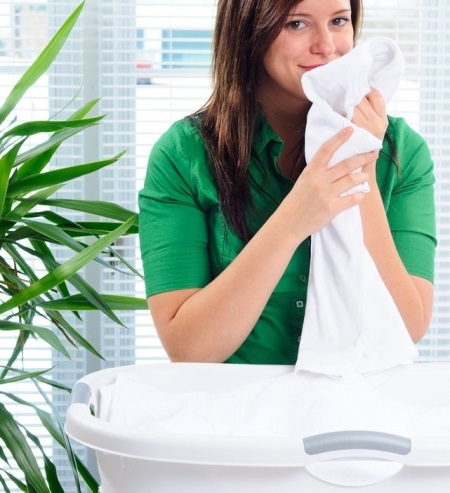
The difference between the powder for hand washing and for the machine
As already noted, products developed for washing in automatic washing machines almost do not form foam. And this is not their only difference from powders designed for washing by hand:
- Consumption. Because the automatic dissolves the detergent loaded in it intensively, the powder consumption here is much lower than in hand washing. Also, automatic powders have a higher concentration, so if you were to put a "regular" detergent in the machine, its consumption would be higher, and the result of washing would be worse. Thus, the use of machine washing means with the label "automatic" proves to be not only more effective, but also more profitable.
- Composition. Powders, designed for washing the old-fashioned way, contain components that can harm some of the machine parts. In contrast, automatic washing powders add substances that soften the water and prevent the settling of deposits on the internal elements of the device, which significantly prolongs their life. In addition, automatic powders do not use substances that can damage the rubber parts of the machine (such as chlorine and solvents).
- Washing quality. Manufacturers interested in the quality of their products regularly test them to determine the most effective composition and optimal dosage of detergents. Loading a strictly defined amount of powder, which is usually indicated on the package, is a prerequisite for high-quality washing. That is why the product, perfectly proven in hand washing, will not give a decent result if you load it into the washing machine.
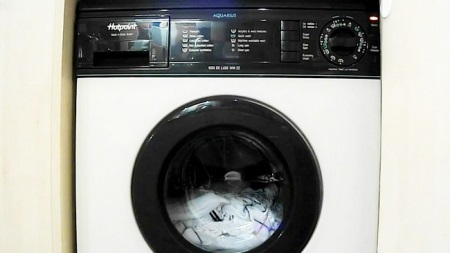
When choosing a laundry detergent, remember that the universal powder, which would successfully cope with all problems - alas! - there is no such thing. Experienced housewives buy several types of detergents at once, so that, regardless of the complexity of the dirt, to achieve perfect cleanliness and without causing damage to the most vulnerable elements of the machine.
